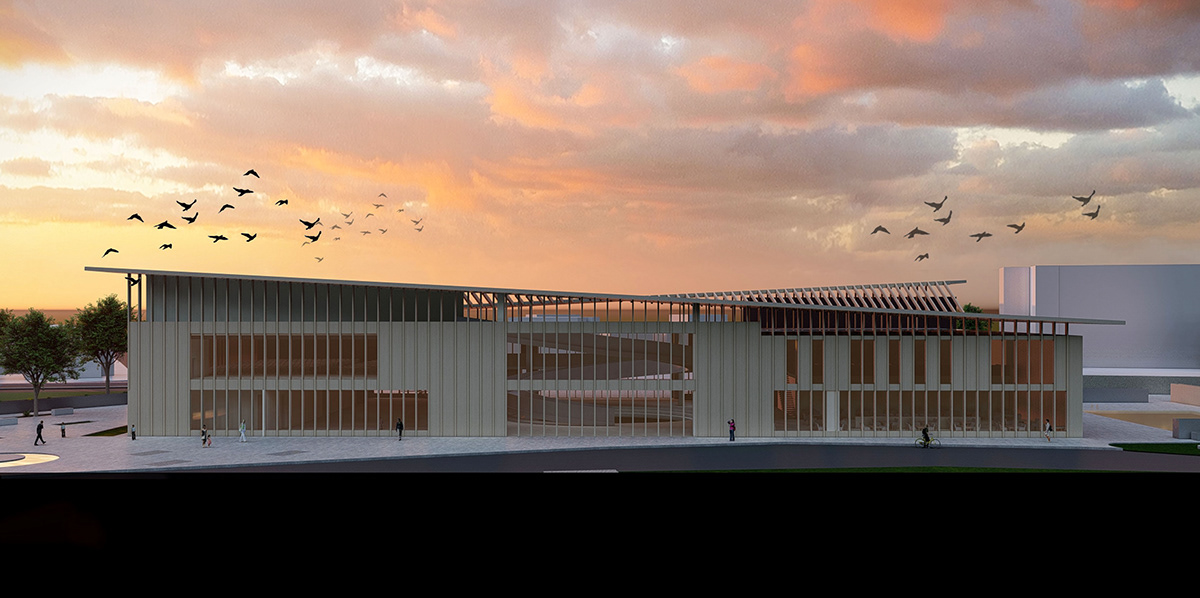
Tarsus is a city founded in the Hellenistic period and its history goes back thousands of years. It was founded at the intersection of important trade routes and has continued its existence. It has a connection to the Mediterranean Sea thanks to the Berdan (Kydnos) river, on the banks of which it is founded. It is located at a crossroads between the Mediterranean Sea and Central Anatolia, as well as between Chukurov and Northern Syria, where the traffic of people and goods dec. Considering the Gözlükule Mound, which is the earliest settlement of the city, it is a settlement that has been inhabited for at least nine thousand years. Roman urban planning principles are found in the past of the city, which is home to various archaeological remains. The grid plan texture and uses such as colonnaded streets, which serve as the main road for the city and provide access to public buildings, point to the first uses of the city and the development processes up to the present day. The typical Mediterranean climate is widely observed in Mersin Province and its surroundings. In summer, an arid and hot climate prevails, while winters are warm and rainy. It is a region with relatively high humidity. It is aimed to develop project decisions by all these available data and findings.


Initially, based on the structural texture of the region, the functions were considered as fragmentary and modular masses, and the possibility of positioning the streams in such a way that they follow each other on the flow axis was emphasized. At the later stages, the masses were brought together, depicted in the form of monumental-public gathering places of decembrists. Thanks to this, it is envisaged that the structure will be able to better respond to climatic conditions. At the same time, the open event area can be easily accessed from any function and the spaces have been designed to be included with each other with openable panels on the inner walls. By adding the existing historical bridge to the circulation on the stream, the monumentality of the central area was increased and it was wanted to reach the potential of the existing tourism elements of the region with the ramp that was directed into the mass. The ramp was developed with the idea of starting from the waterfall and moving away from it first and then heading back to the waterfall. It was formed as a viewing terrace that turned its face in the direction of the waterfall from the point where it reached the highest elevation and took its place inside the facility.






The material is one of the most important elements that make up the identity of a structure, making it belong to a place. In the project, the use of wood has been preferred to adapt to the conditions of the climate to which it belongs and to produce solutions. Taking into account the sustainability of the material and the ease of transportation, the use of local resources has been kept at the forefront, thus reducing both the construction cost and providing benefits to local producers has been aimed.


Considering the climatic conditions, the roof was torn off from the main mass and raised to create natural ventilation and provide a solution to the hot and humid conditions of summer, and openings were left in the direction of the wind in the vertical shades located at various points in the project. To increase the comfort of visitors, outdoor event areas were pulled under the roof canopy, semi-outdoor restaurant sections were located behind the facade on the terrace floor, and the use of pergolas was proposed in some outdoor seating areas. For similar reasons, the wooden material functioned as sunblock in the vertical spaces on the facades.






